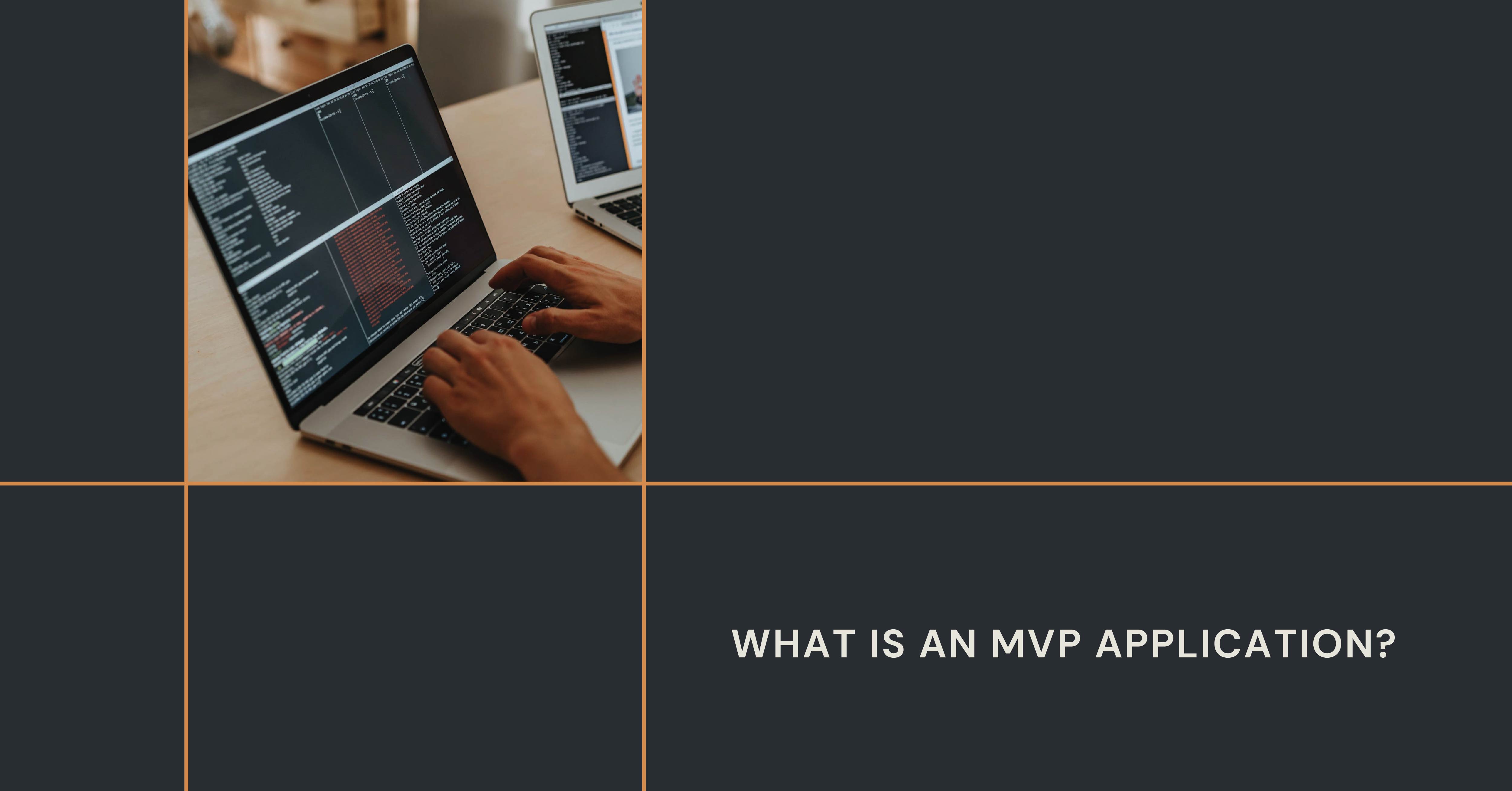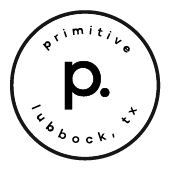BLOG What is an MVP Application?
What is an MVP Application?
POSTED BY The Prim Pack | Sep 1, 2021

I used to despise group projects in school. I’ve always been a chronic overachiever and have a definite “more is more” approach to anything that might be graded. This didn’t always work well with any fellow group members who were more likely to adopt a “let’s do the bare minimum” approach.
In school, I felt like my method was best: the more I did, the more likely I believed I was to succeed. But looking back, I realize that I should have been more willing to focus my work: what if I had been willing to streamline my efforts and only do what needed to be done, rather than trying to go above and beyond?
It’s easy to dismiss this as not relatable to your company, but businesses make this exact mistake every single day in their projects, products, and software applications. The difference is that it can actually cost them money. Enter the need for a minimum viable product.
What is a Minimum Viable Product?
As mentioned above, MVP in the digital world stands for minimum viable product (but by the end of this blog, we hope you’ll also recognize this method as a valuable player in your company’s success as well). When developing an app, website, software, or project, MVP is a developmental method where the focus is on only building out the most critical, core components of an application that serves to solve a specific problem and satisfy early adopters.
If you’ve read or listened to Seth Godin, you’ve probably heard him encouraging his audience to “ship.” While he’s not directly advocating for an MVP method when he says this, his intent is in the same vein. Far too often, companies hold on to a project, trying to make sure it’s perfect, but it can actually be more beneficial to get your application in front of users, and then make adjustments to achieve the end result you both want.
Why Would Businesses Want to Build and Distribute an MVP Application?
Very few of us feel comfortable with distributing something that is as bare bones as possible, and yet the simplicity of such an application could actually result in a product that is more accessible, popular, and profitable. The benefits of using the MVP method to build and distribute an application include:
- Faster revenue generation. It’s simple and straightforward: the more quickly you get your application on the market, the sooner you can begin generating revenue. This is doubly beneficial because it allows companies to offset the actual cost of creating the application.
- Immediate feedback and improvement. How many times have you waited (and waited) for a new product, service, or application to launch, only to be disappointed by the end result? We’ve all been there. Choosing to ship an MVP application means your team has spent less time and money in production, and allows them to receive more immediate and helpful feedback. Even if your minimum viable application has fewer initial adopters, they’re more likely to be more invested, and will offer critical feedback that can help you make future improvements.
- Lifelong customers. One of the things that is a huge benefit of creating an MVP application is that it cultivates a lifelong relationship. When an early user adopts your MVP app, that user gets to experience every improvement, update, and enhancement that you provide. These users are continually delighted with the application you offer, because it just keeps improving.
- A better “final” product. Sometimes software applications can feel like pancakes. I’ve made hundreds of batches of pancakes in my life, and not once has the first pancake ever been any good. But if your focus shifts to the minimum viable product method, you and your users start with the assumption that your pancake application is only going to get better and better.
The Guide to Developing Great Software
This isn’t one of those topics where we’re sharing a “popular” method with you, and then doing something completely different with our own clients. We use this method with multiple software projects, and we employ the very similar Growth-Driven Design framework for website clients. We are practicing what we preach daily. So you can trust us when we tell you that a minimum viable product is just the beginning of building an application that will delight your customers and earn their trust for the long haul. Do you want to learn more about what it takes to develop the kind of software your customers will actually use every day? Download our free guide below.
SHARE THIS POST:

About the writer, The Prim Pack
Primitive is a full-service digital agency specializing in strategy, branding, web development, and technology solutions. With a passion for innovation and a commitment to helping businesses grow, our team crafts digital experiences that make an impact.